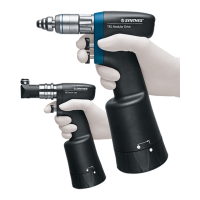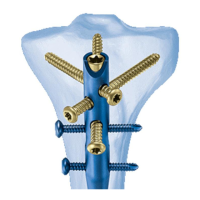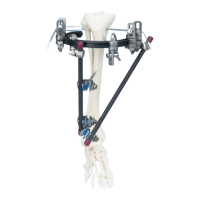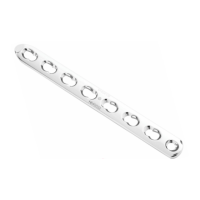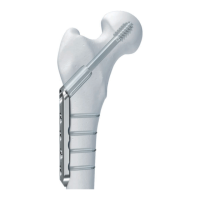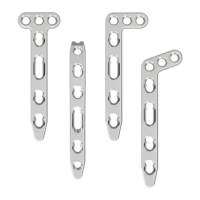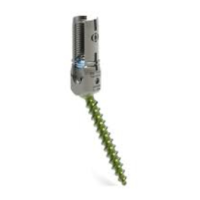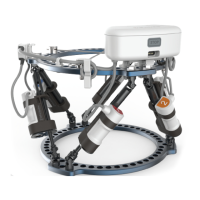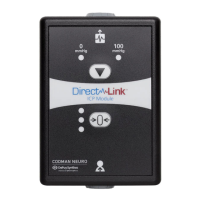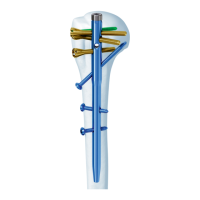Do you have a question about the Synthes TFN and is the answer not in the manual?
Details the helical blade's enhanced resistance to migration and cut-out failure compared to standard screws.
Explains how the system prevents rotational instability and bone collapse in the proximal femur.
Highlights the helical blade's advantage in minimizing bone removal during insertion.
Covers achieving proper bone alignment, compression, and stable fixation.
Explains how the percutaneous technique minimizes tissue damage and preserves vascularity.
Discusses how the system facilitates patient mobility and faster rehabilitation.
Lists the types of proximal femur fractures the TFN system is intended for.
Guides users on selecting the correct nail length, diameter, and angle based on patient anatomy.
Details patient positioning, determining neck angle, and identifying nail entry points.
Describes opening the medullary canal and reaming guidelines.
Explains the assembly and insertion of the TFN nail into the femoral canal.
Details methods for confirming nail insertion depth and anteversion.
Explains the process of inserting the proximal locking helical blade or screw.
Describes how to engage the nail's internal locking mechanism for rotational control.
Details the procedure for distal fixation using short TFN nails.
Explains distal fixation techniques for long TFN nails using SureLock or freehand methods.
Outlines steps to disengage the nail's locking mechanism prior to removal.
Describes methods for removing the helical blade, screw, or the entire nail.
Lists available short and long TFN nails, helical blades, neck screws, bolts, and end caps.
Lists all instruments and sets required for TFN procedures.
| Brand | Synthes |
|---|---|
| Model | TFN |
| Category | Medical Equipment |
| Language | English |
